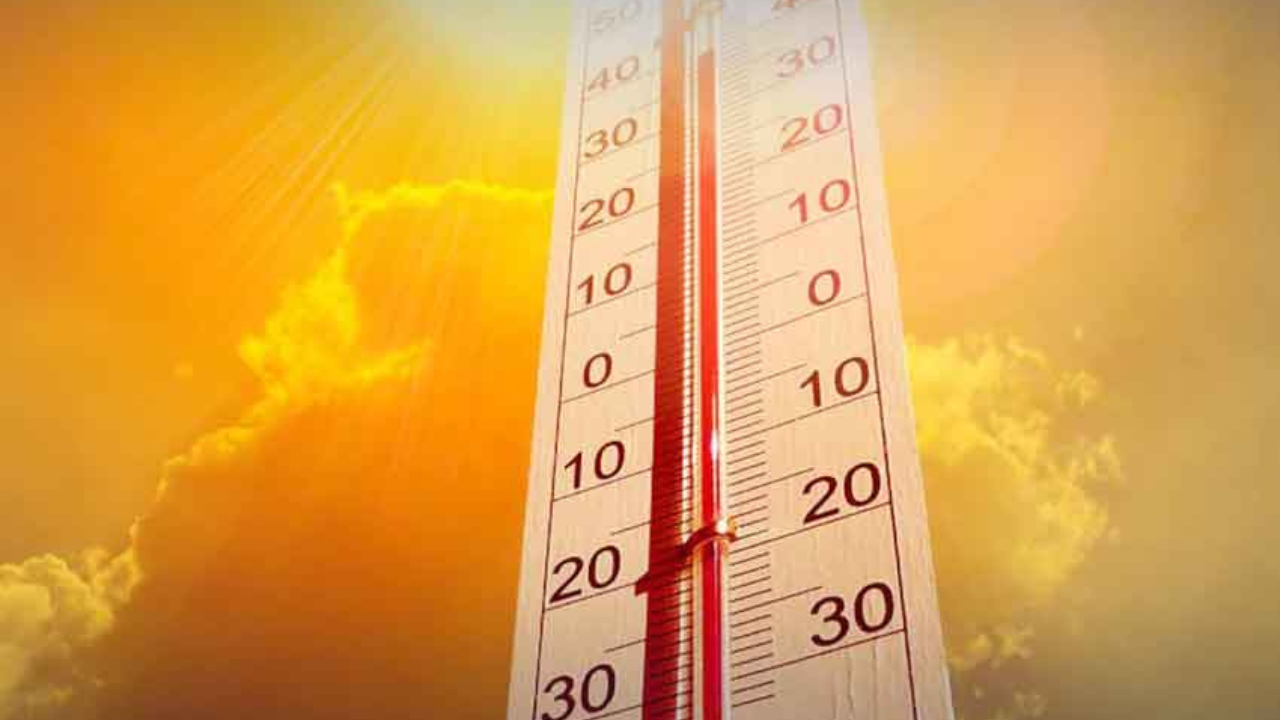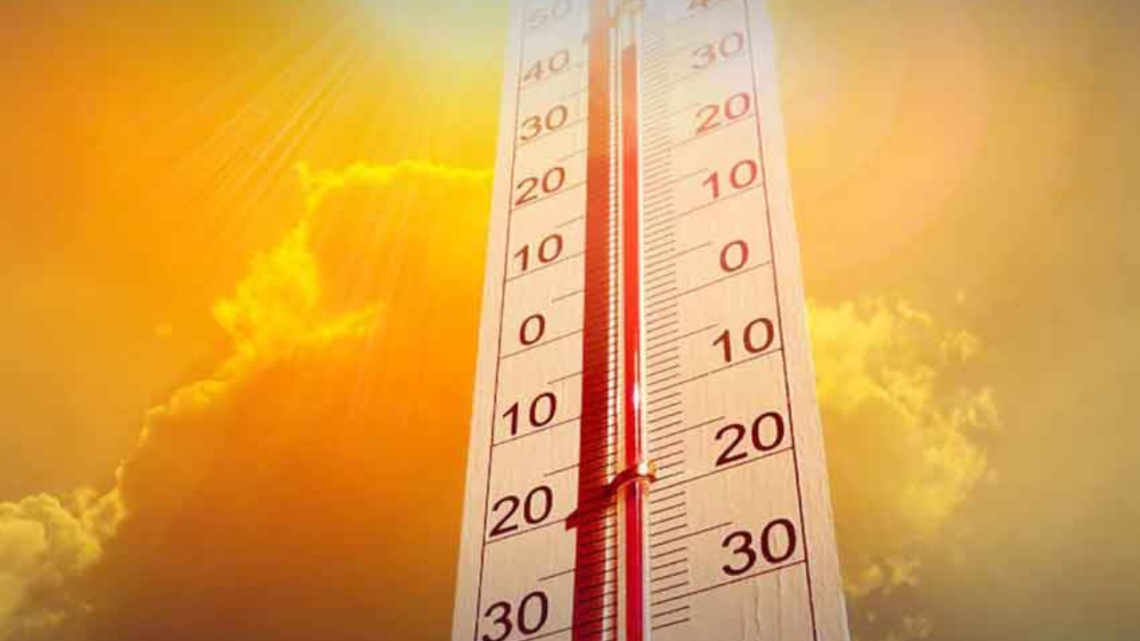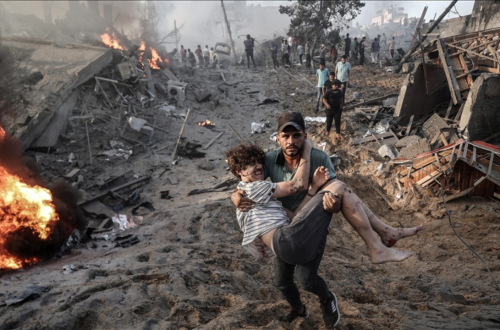
Pakistan Faces Unrelenting Heatwave
Pakistan is currently grappling with an intense and prolonged heatwave, with temperatures expected to remain 7°C higher than normal across many regions. The Pakistan Meteorological Department (PMD) has issued warnings, urging citizens to take precautionary measures to safeguard their health and well-being. This extreme weather event is a stark reminder of the increasing impact of climate change on South Asia.
In this article, we’ll explore the latest updates on the heatwave, its causes, regional impacts, government advisories, and practical tips to stay safe during this extreme weather. For more information, Click Here.
Why Is Pakistan Experiencing an Intense Heatwave?
Meteorologists explain that the primary reason for this unrelenting heat is a persistent high-pressure system settled over the region. This system blocks cooler air from entering and traps hot air near the surface, leading to soaring temperatures.
Factors contributing to the ongoing heatwave include
- Global Warming: Rising global temperatures are intensifying heatwaves worldwide.
- Urbanization: Concrete structures and fewer green spaces trap more heat, especially in big cities like Karachi, Lahore, and Islamabad.
- Dry Weather: Lack of rainfall and low humidity levels are amplifying the heat effects.
According to experts, these conditions may continue into the early weeks of May if no significant weather system intervenes.
Regions Most Affected by the Heatwave
Not all areas in Pakistan are experiencing the heatwave equally. Here’s a breakdown of the most affected regions:
| Region | Expected Temperature (°C) | Comments |
|---|---|---|
| Sindh (Karachi, Hyderabad) | 43–47°C | High humidity worsens heat index |
| Punjab (Lahore, Multan) | 45–49°C | Extreme UV radiation risk |
| Balochistan (Sibi, Turbat) | 46–50°C | Driest and hottest conditions |
| KPK (Dera Ismail Khan) | 42–45°C | Prolonged exposure risks |
| South Punjab (Bahawalpur, DG Khan) | 45–48°C | Crop damage concerns |
The mountainous regions in northern Pakistan, such as Gilgit-Baltistan and Chitral, are slightly less affected but are still facing unusually warm conditions for this time of the year.
Health Risks Associated With Heatwaves
Heatwaves can be extremely dangerous, especially for vulnerable groups like children, the elderly, and those with existing health conditions. Here are some of the main health risks:
- Heatstroke: Life-threatening condition where body temperature rises uncontrollably.
- Heat Exhaustion: Symptoms include heavy sweating, weakness, and nausea.
- Dehydration: Increased sweating leads to rapid loss of body fluids.
- Respiratory Issues: Poor air quality can trigger asthma attacks and breathing difficulties.
Medical experts urge everyone to recognize the early signs of heat-related illnesses and seek immediate treatment if symptoms occur.
Government Warnings and Advisory Measures
The Pakistani government, along with the PMD and National Disaster Management Authority (NDMA), has issued several advisories:
- Public Awareness Campaigns: Broadcasting safety tips via TV, radio, and social media.
- School Closures: Temporary shutdown of schools in extremely affected regions.
- Emergency Shelters: Cooling centers set up in urban areas for public use.
- Water Supply Assurance: Ensuring water availability to avoid shortages.
Authorities are particularly concerned about the impact of the heatwave on public events, agriculture, and energy consumption.
Impact on Agriculture and Water Resources
The agriculture sector, which forms the backbone of Pakistan’s economy, is at significant risk. High temperatures can damage crops such as wheat, cotton, and sugarcane, which are currently in sensitive growth stages.
Additionally:
- Water Demand: Increased water consumption strains already limited resources.
- Irrigation Challenges: Heat increases evaporation, reducing water efficiency.
- Livestock Health: Animals suffer from heat stress, leading to decreased milk and meat production.
Farmers are being advised to adjust irrigation schedules and provide shade for livestock wherever possible.
Energy Consumption and Power Outages
Another serious impact of the heatwave is the sharp rise in electricity demand. As more people use air conditioners, fans, and water coolers, the national grid is under enormous pressure.
Potential consequences include:
- Load Shedding: Scheduled and unscheduled power cuts.
- Transformer Failures: Overheating may damage electrical infrastructure.
- Fuel Shortages: Increased demand for generators and backup systems.
The government is working on emergency measures to maintain energy supply and reduce disruptions, but challenges remain.
How to Protect Yourself During the Heatwave
Staying safe during extreme heat requires preparation and caution. Follow these essential tips:
Stay Hydrated
- Drink plenty of water throughout the day.
- Avoid sugary, caffeinated, and alcoholic drinks.
Stay Indoors
- Limit outdoor activities, especially between 11 a.m. and 4 p.m.
- Use fans, air conditioners, and keep rooms ventilated.
Dress Appropriately
- Wear light-colored, loose-fitting cotton clothes.
- Use hats, sunglasses, and apply sunscreen with SPF 30+ when outside.
Monitor Vulnerable Groups
- Regularly check on elderly family members and young children.
- Ensure pets are kept cool and hydrated.
First Aid for Heatstroke
- Move the person to a cooler place immediately.
- Apply cold, wet cloths to the body and seek medical help urgently.
Climate Change and the Future of Heatwaves in Pakistan
Scientists warn that such intense heatwaves may become more frequent if global carbon emissions are not reduced. Pakistan, despite contributing less than 1% to global greenhouse gases, ranks among the top 10 countries most vulnerable to climate change.
Urgent steps needed include:
- Developing heat-resilient infrastructure.
- Expanding green spaces in urban centers.
- Enhancing early warning systems.
- Promoting renewable energy sources.
The government has initiated some climate-resilience programs, but sustained national and international efforts are critical.
Conclusion: Stay Alert, Stay Safe
Pakistan’s ongoing heatwave is a serious reminder that extreme weather events are becoming the new normal. With temperatures rising as much as 7°C above average, it is crucial for everyone to stay informed, take necessary precautions, and support community safety efforts.
By working together and preparing wisely, we can mitigate the worst effects of this challenging weather event. Stay cool, stay hydrated, and keep an eye on official updates to protect yourself and your loved ones.




